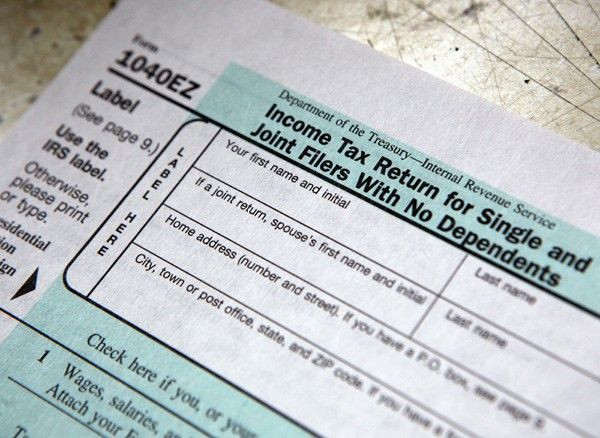The 2011 capital gains tax rate hike and its impact

Ralph Lauren's decision to sell over 25 percent of his holdings in Polo Ralph Lauren (NYSE:RL) prompted some speculation that he was doing so to avoid higher long-term capital gains taxes that will take effect in 2011.
Although it is unclear if taxes factored into Lauren's decision, the hike on the individual long-term capital gains tax rate may have interesting implications.
Since 2008, individuals in the two lowest tax brackets paid 0 percent long-term capital gains tax while everyone else paid 15 percent. In 2011, individuals in the lowest tax bracket will pay 10 percent while the rest will pay 20 percent.
The majority of U.S. stock investors are in the higher brackets and they face a 5 percentage points increase.
Professor Jeffrey Haas of New York Law School sees the impact as only modest, noting that 5 percentage points is not enough to influence many investors who are in it for the long haul.
However, Haas does believe that the rate hike adds one more reason for investors not to invest in equities. In addition, shortly before 2011, the rate increase may create some artificial selling pressure as investors rush to lock in lower tax rates on gains.
Haas added that the Obama administration has put tremendous entitlement programs in place and this tax hike takes a step towards paying for them.
Professor Dennis Ventry of UC Davis School of Law notes that while savvy investors may sell winners on the last trading day of 2010, they may also save the losers for 2011.
Investors can offset taxes on stock gains with stock losses. Therefore, they may save the losers for 2011, when the losses can offset gains that will be taxed at 20 percent instead of 2010 gains which will be taxed at 15 percent.
One interesting idea for buy-and-hold investors is to sell stock gains at the last possible trading day of 2010 and immediately buy it back in 2011. By doing so, investors can lock in existing gains at a lower capital gains tax rate and still keep the investment.
For example, if the cost basis is $10 and the investor sells it for $20 on the last trading day of 2010, his $10 gain will be taxed at the 2010 rate (which is zero for some lower income individuals). If he immediately buys it back on the first trading day of 2011, he now owns the stock at the new cost basis of $20 (assuming no change in price) and the $10 original gain is forever locked in at the 2010 tax rate.
Both Ventry and Haas are currently unaware of any rules that would prevent investors from taking advantage of this method. Professor Linda Beale of Wayne State University Law School, another tax expert, also currently sees no rules against this method and added that tax laws recognize the property right of ownership that includes a choice of deciding when to dispose of property.
There is the so-called “wash sale rule” which prohibits investors from selling losers, using them to offset gains, and then immediately buying them back. However, there are currently no rules that prohibits investors from selling winners and immediately buying them back.
But for long-term investors, this method does carry a risk; it is only beneficial if the stock appreciates in the long run and rises above 2010's closing level. If it does not, this method would cause investors to pay unnecessary capital gains tax.
Ventry points out that corporate insiders – like Ralph Lauren – cannot take advantage of this method because the SEC prohibits these shareholders from buying and selling within a short period of time.
Email Hao Li at hao.li@ibtimes.com
Click here to follow the IBTIMES Global Markets page on Facebook.
Click here to read recent articles by Hao Li.
© Copyright IBTimes 2024. All rights reserved.





















